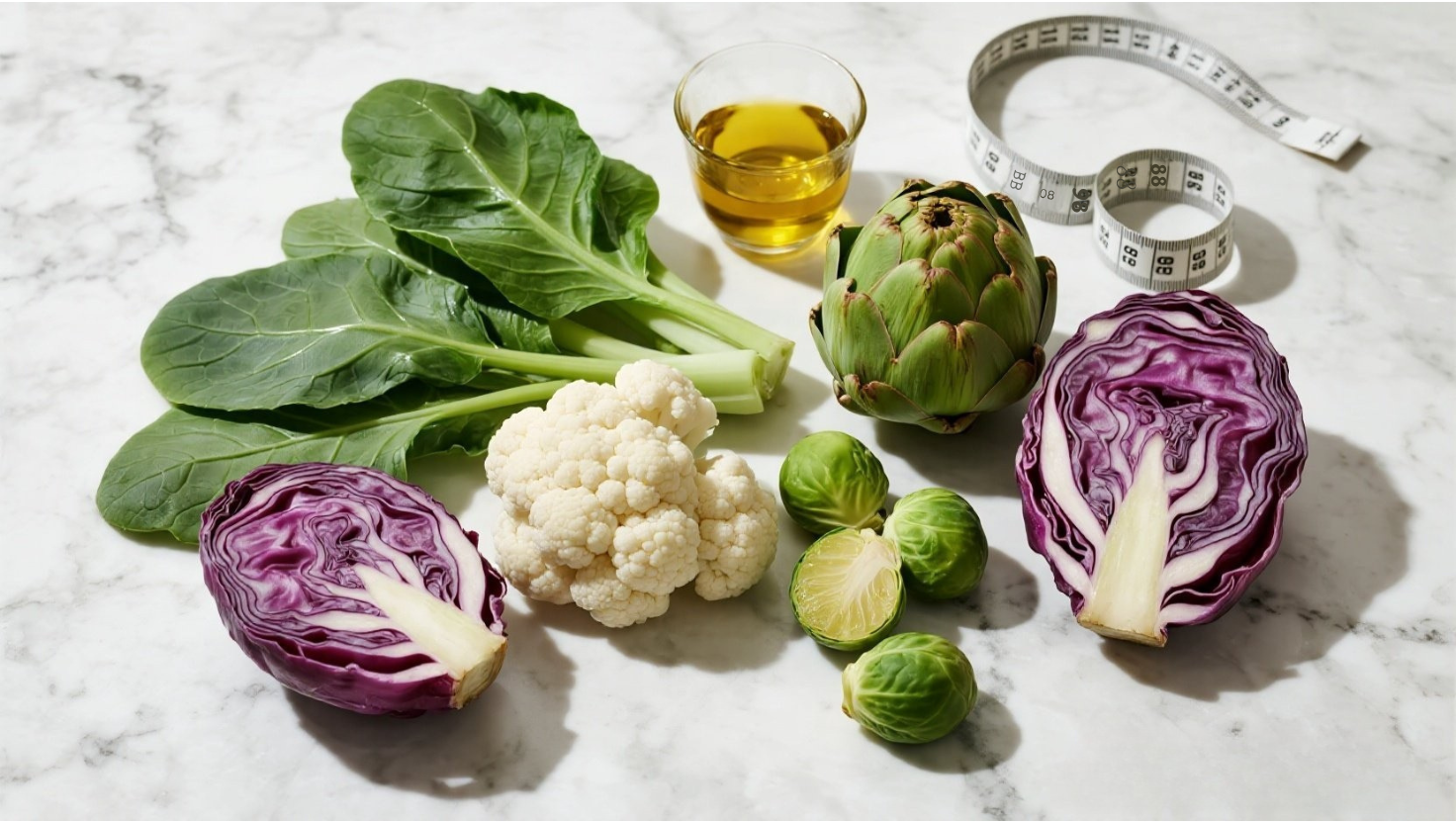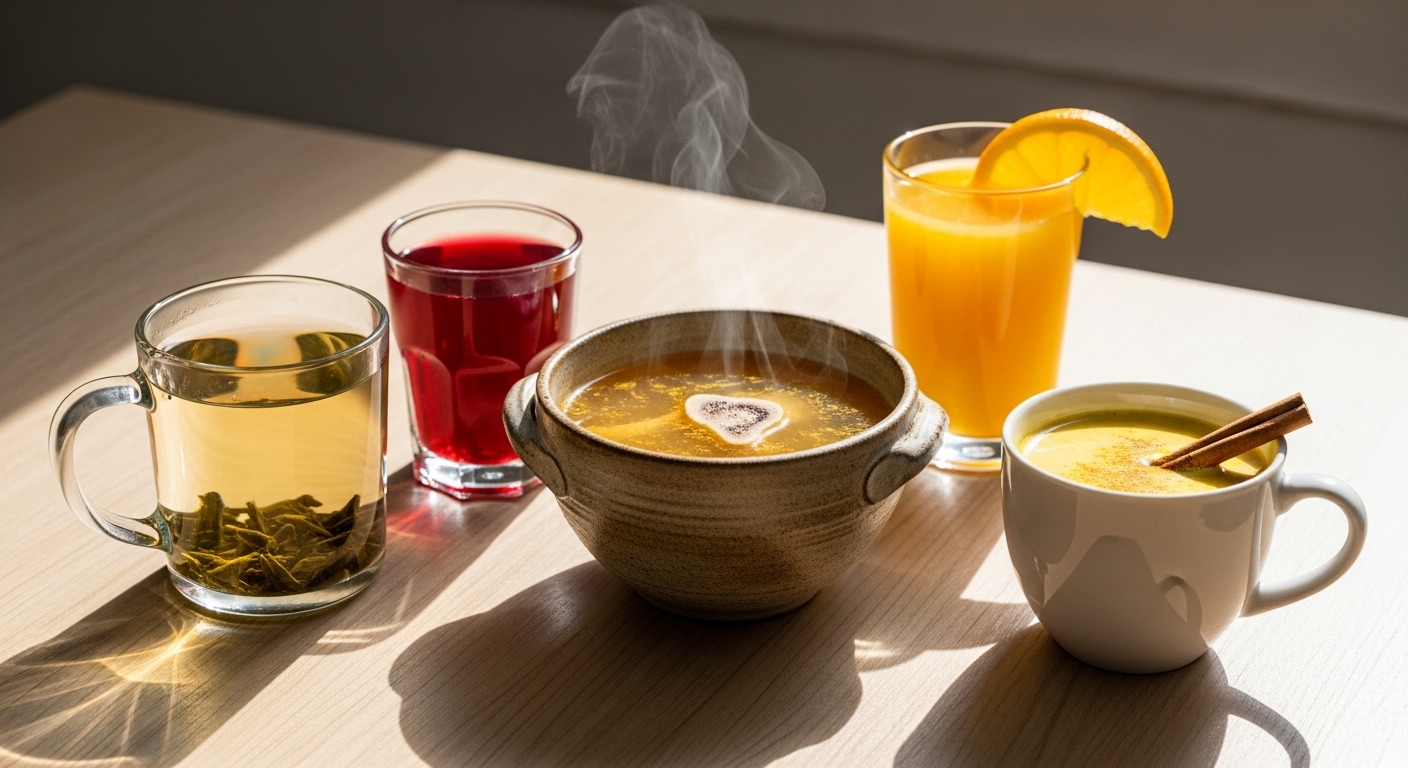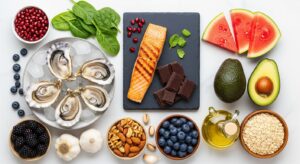5 Powerhouse Vegetables That Actually Melt Stubborn Belly Fat
The hidden fat around your organs could be silently sabotaging your health—but these five vegetables are science-backed fat fighters.
Let’s be honest: most of us have some belly fat we’d rather not talk about. But here’s what doctors want you to know—that stubborn middle section isn’t just about how you look in your jeans. There’s a type of fat called visceral fat that wraps around your internal organs like your liver, intestines, and heart. Unlike the pinchable fat just under your skin, this stuff is metabolically active, pumping out inflammatory compounds that can increase your risk of diabetes, heart disease, and even certain cancers.
The good news? Recent research shows that certain vegetables can actually help your body target and reduce this dangerous fat. We’re not talking about magical thinking here—this is backed by solid science published in respected journals like Nutrients and the Journal of the Academy of Nutrition and Dietetics.
Why Some Vegetables Are Visceral Fat Superstars
Not all vegetables are created equal when it comes to fighting belly fat. The real game-changers contain specific plant compounds that work like tiny fat-fighting soldiers in your body. These powerhouse veggies share a few key characteristics:
They’re loaded with carotenoids. These are the plant pigments that give vegetables their vibrant colors—think the deep green in spinach or the bright orange in carrots. Research published in Nutrients found that people with higher blood levels of carotenoids had significantly less visceral fat.
They pack serious fiber. We’re talking about both soluble and insoluble fiber that keeps you full, feeds your beneficial gut bacteria, and helps regulate blood sugar—all crucial for fat loss.
They contain unique anti-inflammatory compounds. Chronic inflammation essentially tells your body to store more belly fat. These vegetables help cool that inflammatory fire.
The Fab Five: Your Visceral Fat Fighting Squad
1. Spinach: The Carotenoid Champion
If you could only pick one vegetable to help fight visceral fat, spinach would be your best bet. This leafy green is absolutely loaded with lutein, zeaxanthin, and beta-carotene—powerful carotenoids that research shows can help reduce belly fat accumulation.
A groundbreaking study in Nutrients followed obese middle-aged men and found that those who ate the most carotenoid-rich vegetables (with spinach leading the pack) had measurably less visceral fat. The researchers believe these compounds help boost fat oxidation—essentially helping your body burn fat more efficiently.
The practical takeaway: Aim for at least a cup of raw spinach daily. Toss it in smoothies, salads, or sauté it with a little olive oil to boost absorption of those fat-fighting carotenoids.
2. Cauliflower: The Fiber Powerhouse
Don’t let cauliflower’s plain appearance fool you—this cruciferous vegetable is a metabolic powerhouse. It’s packed with glucosinolates, compounds that get converted into sulforaphane when you chew them. Research suggests sulforaphane can improve insulin sensitivity and reduce inflammation, both key factors in visceral fat accumulation.
Plus, cauliflower is incredibly high in fiber (about 3 grams per cup) while being super low in calories—making it perfect for creating that calorie deficit needed for fat loss.
The practical takeaway: Try cauliflower rice as a base for stir-fries, roast it with herbs as a side dish, or blend it into soups for extra creaminess without the calories.
3. Brussels Sprouts: The Double-Duty Defender
Brussels sprouts deliver a one-two punch against visceral fat. They contain both sulforaphane (like cauliflower) and carotenoids (like spinach), giving you double the fat-fighting power in one tiny package.
Research published in cancer prevention journals shows that sulforaphane may help protect against the chronic diseases associated with excess visceral fat, including certain cancers and diabetes. Meanwhile, the carotenoids work to reduce inflammation and potentially inhibit fat storage.
The practical takeaway: Roast them with a drizzle of olive oil and balsamic vinegar until they’re crispy on the outside. The slight caramelization makes them absolutely delicious and helps with carotenoid absorption.
4. Artichokes: The Gut Health Heroes
Artichokes might seem fancy, but they’re actually one of your best allies against belly fat. They’re among the highest-fiber vegetables you can eat—one medium artichoke packs an impressive 7 grams of fiber for just 65 calories.
But here’s the really cool part: that fiber acts as a prebiotic, feeding the beneficial bacteria in your gut. Research shows that a healthy gut microbiome plays a crucial role in weight management and specifically in reducing visceral fat accumulation.
The practical takeaway: Steam whole artichokes and enjoy them with a healthy dip, or use canned artichoke hearts in salads and pasta dishes. The convenience factor makes it easier to eat them regularly.
5. Purple Cabbage: The Antioxidant Ace
The deep purple color of this cabbage variety isn’t just pretty—it signals the presence of anthocyanins, powerful antioxidants that research suggests may help with fat burning. A study found that people who consumed the most anthocyanin-rich foods had less visceral fat than those who ate fewer of these colorful compounds.
Scientists think anthocyanins work by creating favorable changes in gut bacteria that help your body burn fat more efficiently. Plus, purple cabbage is incredibly affordable and keeps well in the fridge.
The practical takeaway: Use it raw in coleslaw, add it to stir-fries for color and crunch, or try fermented purple cabbage (like kimchi) for an extra probiotic boost.
Making It Work in Real Life
Here’s the thing about nutrition research—it’s great to know what works, but the real magic happens when you can actually stick to eating these foods regularly. The key isn’t perfection; it’s consistency.
Start small: Add one of these vegetables to meals you’re already eating. Toss spinach into your morning eggs, roast Brussels sprouts as a side dish, or use purple cabbage in your lunch salad.
Think combinations: These vegetables work even better together. Try a salad with spinach, purple cabbage, and artichoke hearts, or roast a medley of Brussels sprouts and cauliflower.
Don’t forget the fat: Research shows carotenoids are absorbed much better when eaten with a little healthy fat. Drizzle olive oil on your vegetables or add some avocado to that spinach salad.
Beyond the Plate: The Complete Picture
While these five vegetables are scientifically proven to help reduce visceral fat, they work best as part of an overall healthy lifestyle. Research consistently shows that combining the right foods with regular physical activity, adequate sleep, and stress management creates the most powerful approach to reducing dangerous belly fat.
High-intensity interval training (HIIT) appears to be particularly effective for burning visceral fat, according to research from Johns Hopkins. Even just 30 minutes of moderate exercise most days of the week can make a significant difference.
The bottom line? There’s no magic bullet for visceral fat, but there are science-backed strategies that really work. These five vegetables give you a delicious, practical way to start fighting back against dangerous belly fat while supporting your overall health. Your organs—and your future self—will thank you for it.














Post Comment